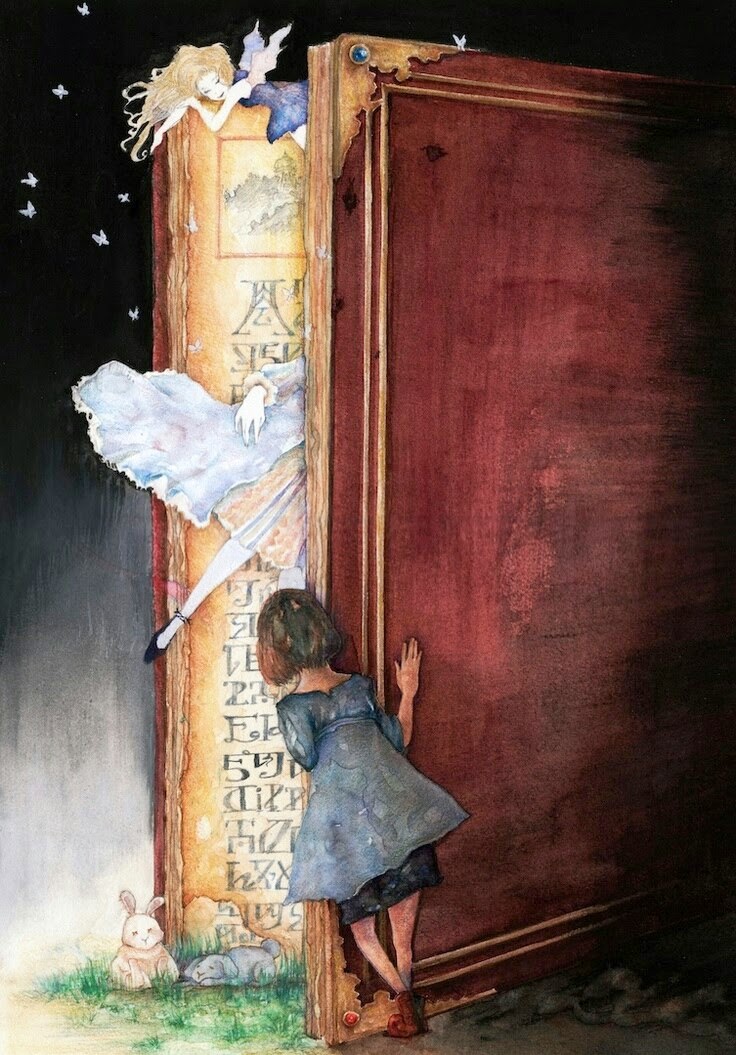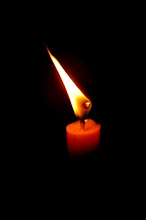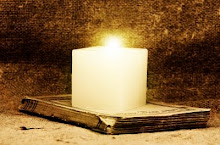
Psychic Phenomena -- manifestation of the existence of spirits, ghost or anything which is extraordinary to the physical world.
WHITE WOMAN: (see Fairy)
Witte wieven literally means white women today, but "wise women" in dialects of the Low Saxon language of the Netherlands. The word witte in Dutch means white. Wit or witte meant "witty" or "wise", from the root word "weten" which means "to know." The word for wisdom was wijsheid. Witte wieven is often translated to be "white woman" (sources differ) as the words come from the same roots. The association of wise women with the color white was either an accidental translation error, or a symbolic color association for wisdom (sources differ).
Historically, the witte wieven are thought to be wise women, herbalists and medicine healers who took care of people's physical and mental ailments (wala in OHG). It was said they had the talent for prophecy and looking into the future. They had a high status in the communities, and so when they died ceremonies were held at their grave sites to honour them.
According to mythology, their spirits remained on earth, and they became living spirits (or elven beings) that either helped or hindered people who encountered them. They tended to reside in the burial sites or other sacred places. It was thought that mist on a gravehill was the spirit of the wise woman appearing, and people would bring them offerings and ask for help.
While many scholars believe Witte Wieven originated as above from honoring graves of wise women, others think the mythology of witte wieven come from part of the Germanic belief in disen, land wights, and/or alven (Old Dutch for "elf") for several reasons: The practice of bringing offerings and asking for help from their graves is very similar to honoring disen, land wights and alfen in Germanic paganism. In addition, in some localities the mythological witte wieven were described directly as "Alfen" or "Alven".
Jacob Grimm mentioned them in the Deutsche Mythologie (1835) as the Dutch variant of the Germanic weisse frauen: "The people of Friesland, Drenthe and the Netherlands have just as much to tell of their written wijven or juffers in hills and caverns ... though here they get mixed up with elvish personages."[1]
*************************************************************************************
Fairies a host of supernatural beings and spirits who occupy a limbo between earth and heaven. Both good and evil, fairies have a various times in history, been blended and confused with witches.
Belief in fairies is universal and ancient, dating back to pagan deities. Fairies come in all shapes and sizes and are known by scores of names, among them brownie, elf, dwarf, troll, gnome, pooka, kobold, leprechaun and banshee. They exist in virtually all cultures but are most common in Europe and the British Isle.
Divination -- When there is no communication you don't know how much you've lost.
Fairy -- whether the form was of a pixies, gnomes, or just plain garden-variety fairies, these charming creatures, promise the materialization of your dearest wish when you least expect it.
Elf -- help from an unexpected, or even unknown, sources will be yours if you dreamed/or seen of these mystical, magical characters.
Face -- if smiling, it signifies pleasant new friends, experiences, and/or financial gains.
Woman -- it usually means that you will be fortunate in your love affairs.









